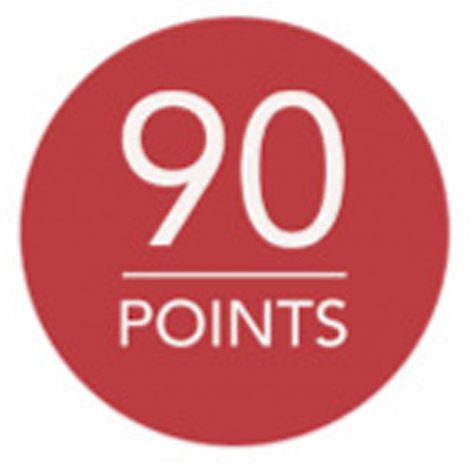
Well, honestly, I don’t know about you but those irritating scoring points on almost every bottle of wine in the shops are becoming tiresome. Promotional emails that float in from various wine merchants have these numbers emblazoned over the screen. The stage has been reached at which I ignore them completely and instead trust my own judgement.
You might be wondering where it all started. The gist of the plot is that during the late 1970s the American wine expert Robert J Parker Jr started publishing a direct-mail newsletter, which became known as The Wine Advocate. It now has thousands of subscribers not only in the USA, but also in many other countries. Parker uses a 100-point scale of rating wines, derived from an earlier 20-point system from the University of California-Davis. This is why the little wine-bottle labels often quote “Parker Points”. Wine producers and merchants know well that high points sell wine.
Parker evidently tastes 10,000 wines a year and claims to remember every wine he’s tasted. Needless to say, with his extraordinary influence, Parker has become a somewhat controversial figure partly because he tends to favour certain styles of wine and awards them higher points. Although Parker sensibly states that consumers should read his comments on a wine rather than trust the number, high points are temptingly seductive. Some writers claim that American winemakers are producing wines likely to meet with Parker’s approval and therefore score higher points. In fairness, Parker never intended the wine points system to turn into a powerful mass-marketing tool. But it did.
There are other players in the game. Two influential American magazines, Wine Enthusiast and Wine Spectator also use a 100-point scale and each review thousands of wines each year. Supporters of a wine points argue that it’s the quickest and simplest way for a wine critic to communicate their opinion. But “quickest and simplest” is not necessarily the best. The old adage caveat emptor would seem to apply. Few wines are rated under 85 points because many consumers will assume they are inferior to those with higher scores. This is not always the case. Some critics have argued that if a system categorizes the vast majority of bottles in a narrow range always above average, it rather defeats the purpose of the entire system.
Wine points should not reflect the assessors’ personal taste, but human nature brings a risk of subjectivity. Mark Schatzker and Richard Bazinet feel that “It’s impossible to prevent subjective bias from creeping into scoring, particularly for metrics like a wine’s overall bouquet, its primary and secondary aromas and the flavors the drinker tastes.” Bill Zacharkiw has had twenty-five years in the wine industry and refuses to score wines on the grounds that “rating systems are loaded with false precision.” He also feels that brief tastings are rather like snapshots. “Wines change,” says Bill. “I have re-tasted wines a day after opening that were far better than they were upon opening.”
In any case, wine critics aren’t always consistent. A study in the Journal of Wine Economics found that in blind tasting, wine critics using the 100-point scale might deviate from their scores on a single bottle by as much as four points or more. One rather cunning experiment involved giving some wine critics the same wine on three separate tastings. Because the tastings were “blind” the critics had no idea that they were sampling the same wine. To their amazement, the researchers found that the ratings were dramatically different often by as much as seven points for the same wine.
During the last few years several online companies have started to offer wine reviews, points using mobile applications. It’s all clever stuff but it does tend to complicate the issue. The Canadian company WineAlign offers expert reviews from Canada’s most respected wine critics using the 100-point scale. The latest player is Vivino which has made enormous strides into the wine market and has a superb and richly-detailed website. Vivino use a 5-point scale, though it’s not quite that simple because wines can be rated at fractional values like 4.1, 4.2 or 4.3 so in effect, it’s a 50-point scale. The most significant difference between Vivino and the other major players is that their points and reviews are created not by professionals, but by ordinary consumers who rate the wines largely on whether they like them or not. The assessments are therefore somewhat subjective and tend to reflect popularity, not perceived quality.
As someone who generally prefers lighter reds, I would usually avoid one with 96 points, because it would almost certainly be full-bodied and packed with fruit and flavour. Being European, I tend to think of wine and food as partners. A great many dishes call for simple, unassuming wines which would probably earn few points on any scale. Wine after all, is for personal pleasure and appreciation. To drink something purely the grounds that it’s deemed to be “good” or “popular” seems a bit pointless because it may not be to your taste. It’s probably far more satisfying to invest time to find the wine styles that you enjoy the most and be as adventurous as you dare.
 |
 |
 |





